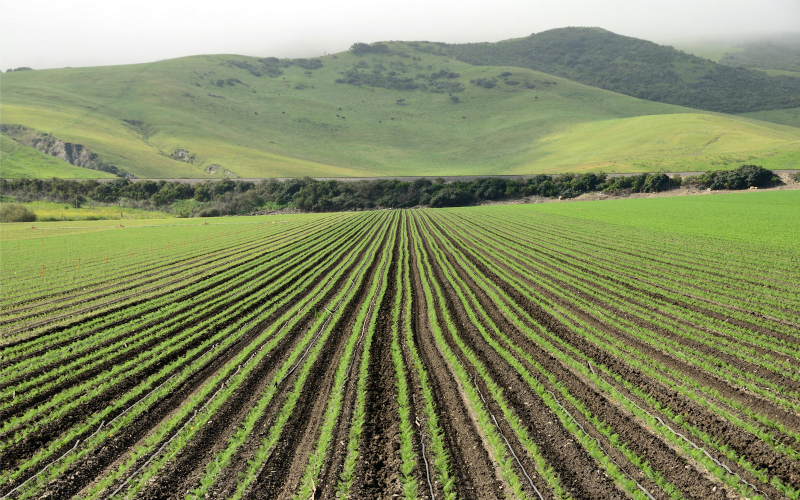
Land and Buildings Transaction Tax (LBTT) was introduced in Scotland on 1 April 2015 for transactions involving residential and commercial land and buildings. On the 3rd anniversary of the introduction of the tax, 1 April 2018, significant additional reporting requirements came into play for tenants under non-residential leases, including agricultural leases.
From that date, as well as the initial LBTT return that must be submitted to Revenue Scotland by the tenant within 30 days of the ‘Effective Date’ of the lease, tenants must also submit further LBTT returns:
- On every 3rd anniversary of the Effective Date;
- On the assignation of the lease to a new tenant; and
- On the termination or renunciation of the lease.
The purpose of these additional returns is to allow for recalculation of the LBTT payable on the lease in the event that the rent has increased or any additional premiums have been paid. The first of these in particular represents a considerable additional administrative (and possibly financial) burden for tenants.
What is the Effective Date?
The Effective Date of a lease is the earliest of:
- The date of entry;
- The date the first rental payment is made; or
- The last date of signing of the lease.
For the purposes of completing the 3 yearly returns, the Effective Date of the relevant lease can be found on the Revenue Scotland acknowledgement of the original LBTT return submitted for the lease.
Which leases are affected?
Additional LBTT returns are required in these circumstances for all non-residential leases which were entered into on or after the introduction of LBTT on 1 April 2015 and which were notifiable for LBTT purposes at the time. Broadly speaking, all non-residential leases are notifiable to Revenue Scotland unless:
- they are for a term of 7 years or less and there is no LBTT payable, or
- they are for a term of more than 7 years but any premium is less than £40,000 and the yearly rent is less than £1,000.
Leases originally entered into prior to 1 April 2015 may also be affected if they have been varied after that date to extend their term.
When should the return be submitted?
For the 3 yearly returns, the tenant must submit a return to Revenue Scotland within 30 days of every 3rd anniversary of the Effective Date. These returns must continue to be submitted every 3 years throughout the term of the lease.
In the case of assignation or termination of the lease, returns must be submitted within 30 days of the date of assignation or termination.
How do tenants submit the returns?
Revenue Scotland have recently created an ‘information hub’ on their website to assist with the completion and submission of the 3 yearly returns, which includes links to the returns and guidance on how to complete them, as well as a tax calculator and other useful information.
Revenue Scotland have also set out the information which tenants will need to have to hand to complete the 3 yearly returns, namely:
- A copy of the lease showing information such as the start and end dates;
- The transaction reference of the original LBTT return;
- A note of the Effective Date of the lease;
- A recalculation of the LBTT payable on the lease, which can be completed on the Revenue Scotland website; and
- A note of the total amount of LBTT which has already been paid on the lease.
Returns can be submitted by tenants online or by post.
What if the tenant does not submit the return?
A tenant who fails to submit an LBTT return will be liable to penalties and also interest on the unpaid tax.
What should tenants do now?
If you are the tenant under a lease which is notifiable for LBTT you should make a careful note of the Effective Date and each 3 yearly anniversary of that date to ensure that you submit all additional LBTT returns in a timely fashion. It should be noted that additional returns must always be made, even where no additional LBTT is actually payable.
For further information and advice, please contact a member of the Land and Rural Business Team.
